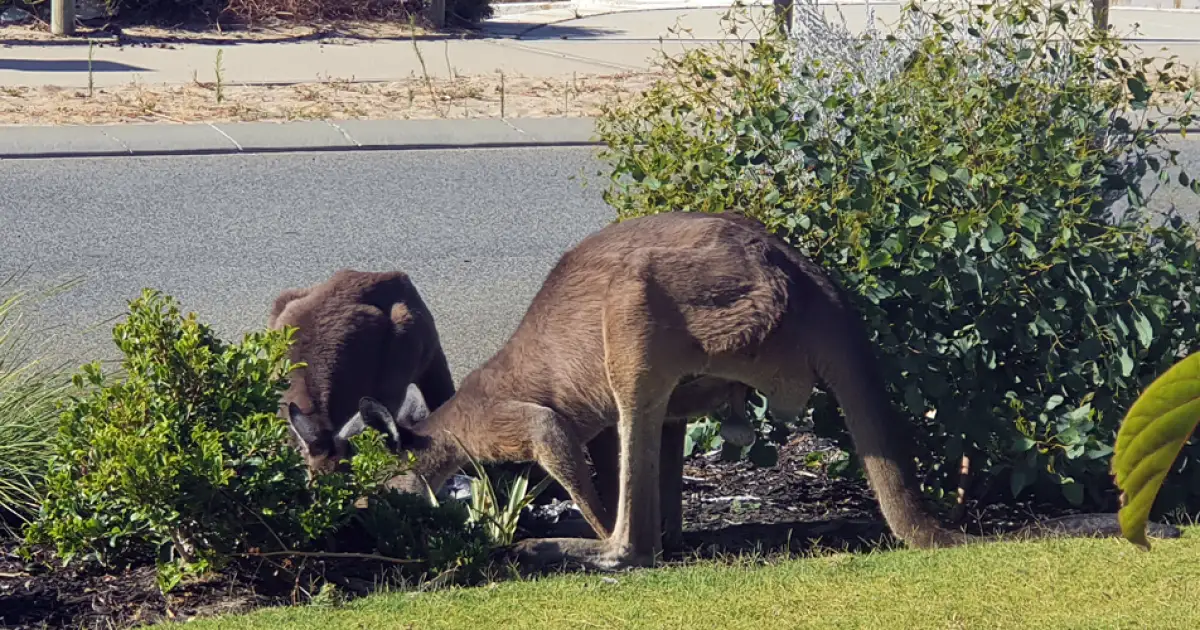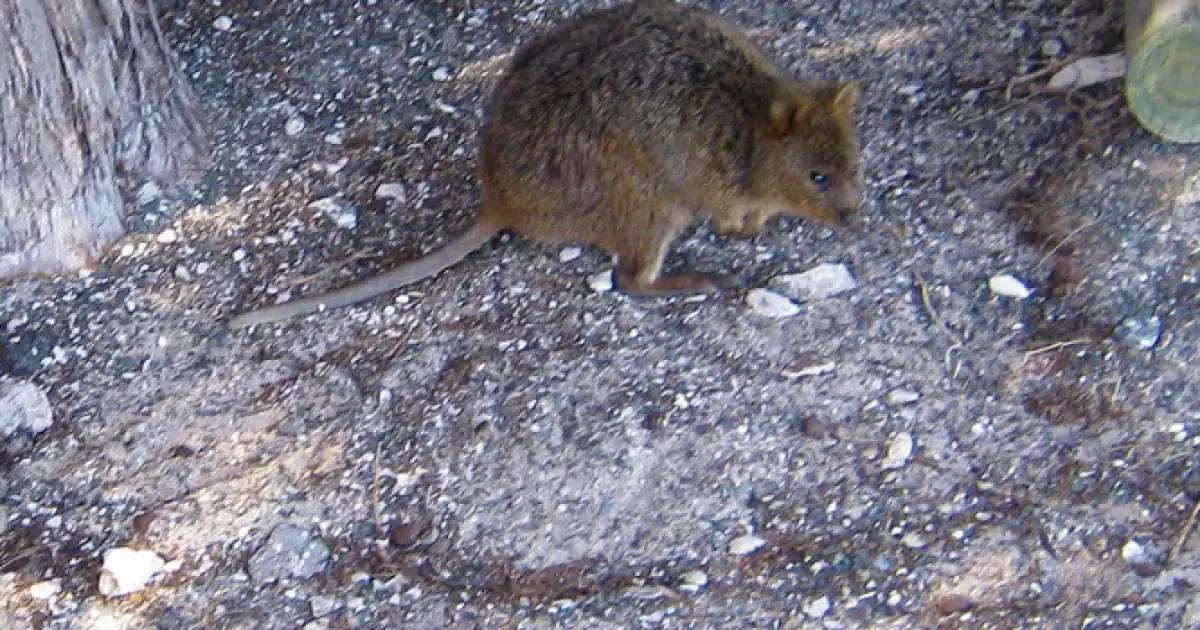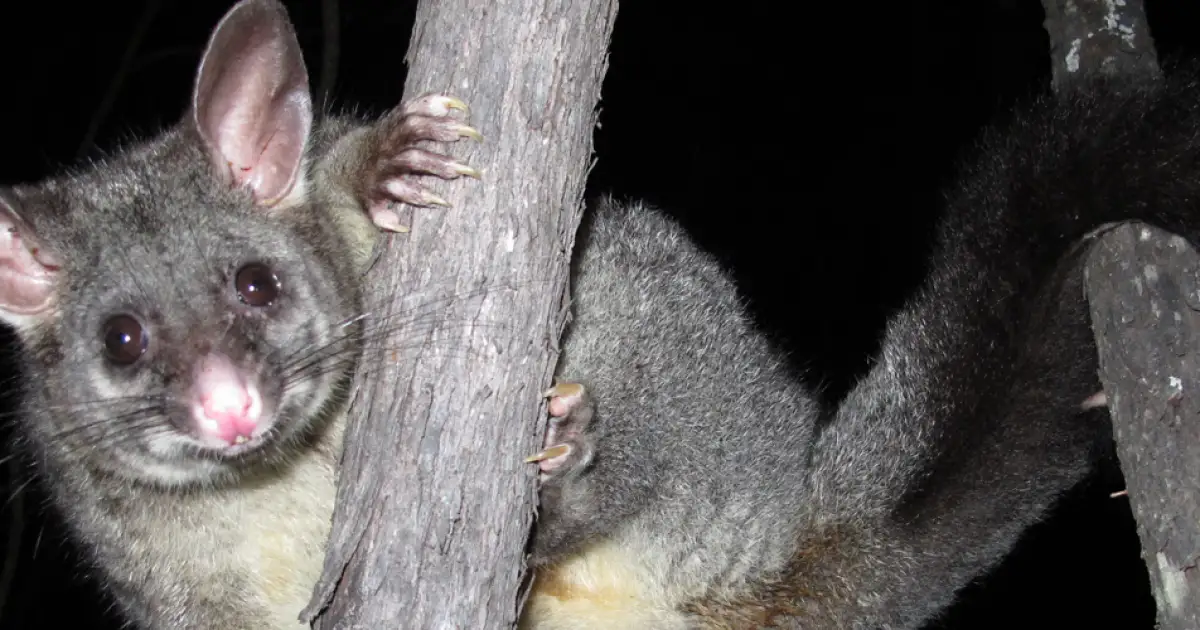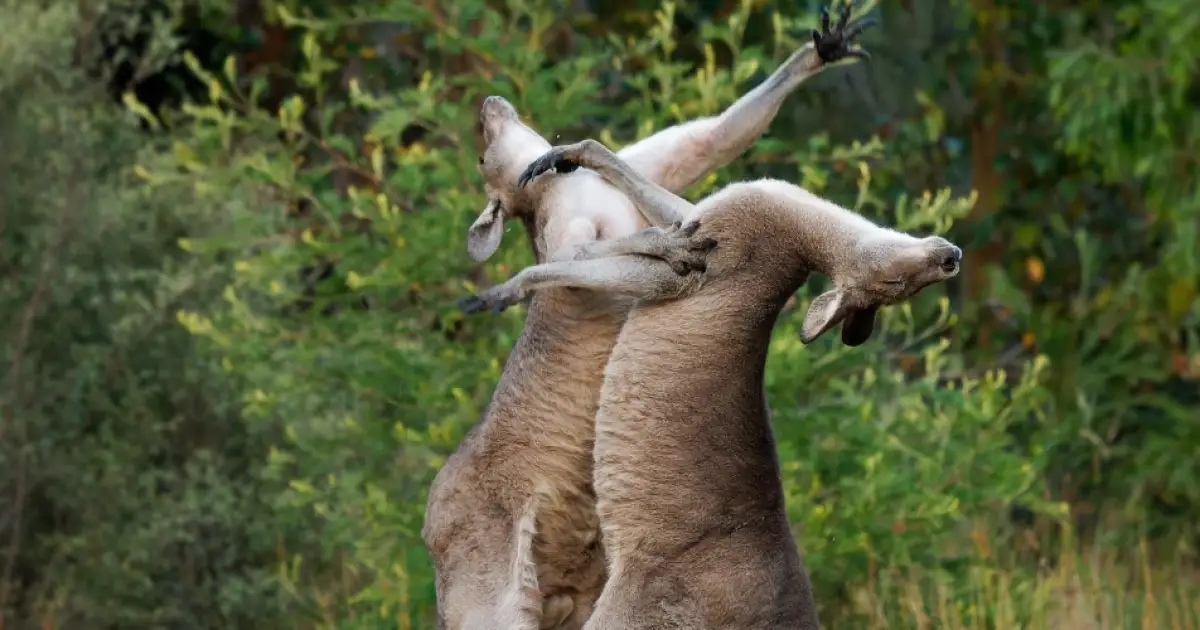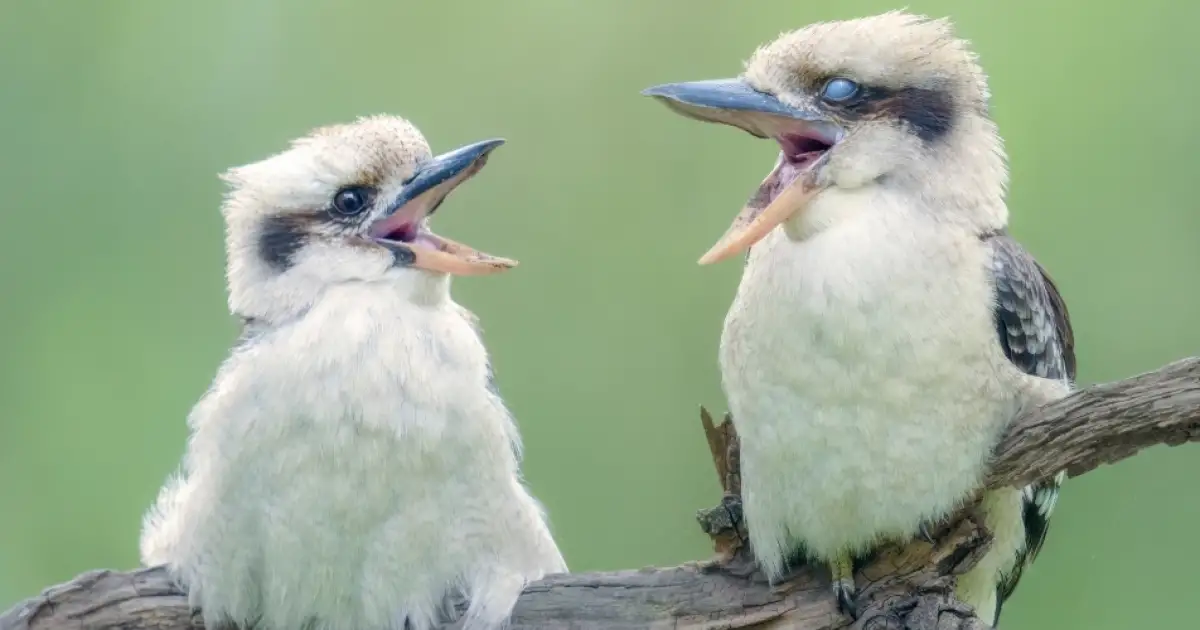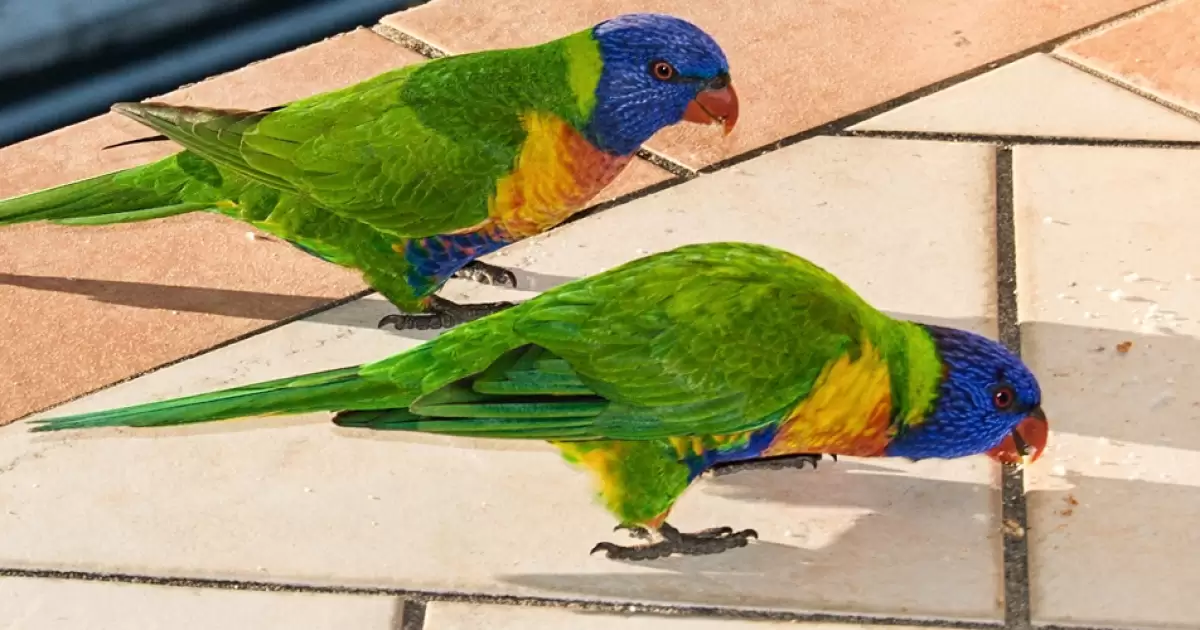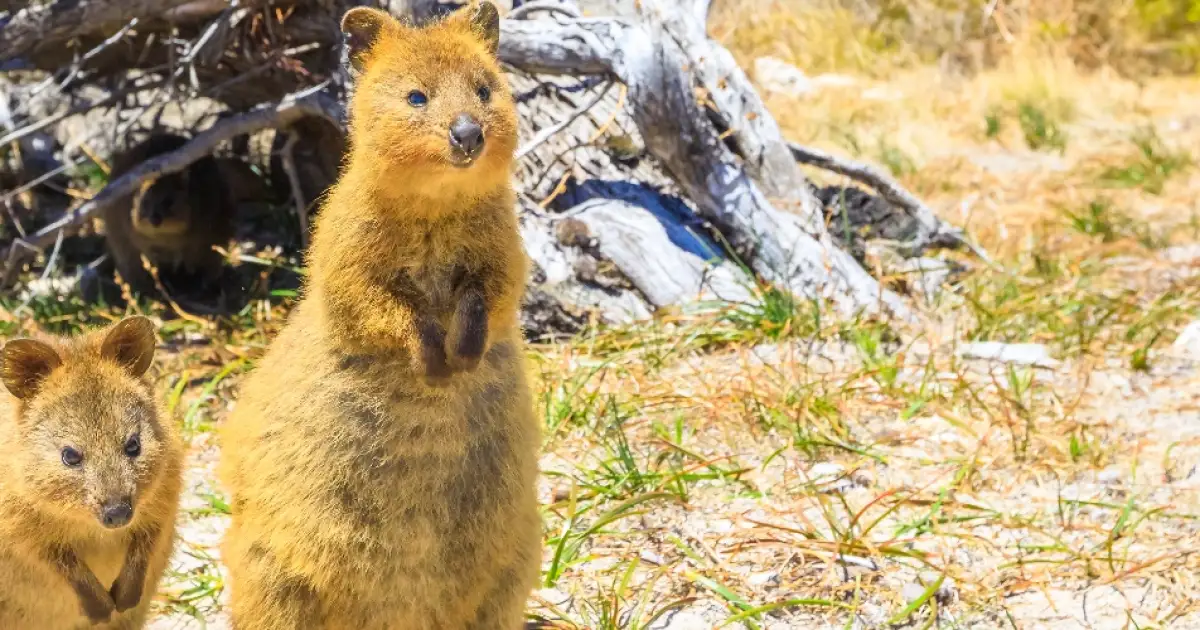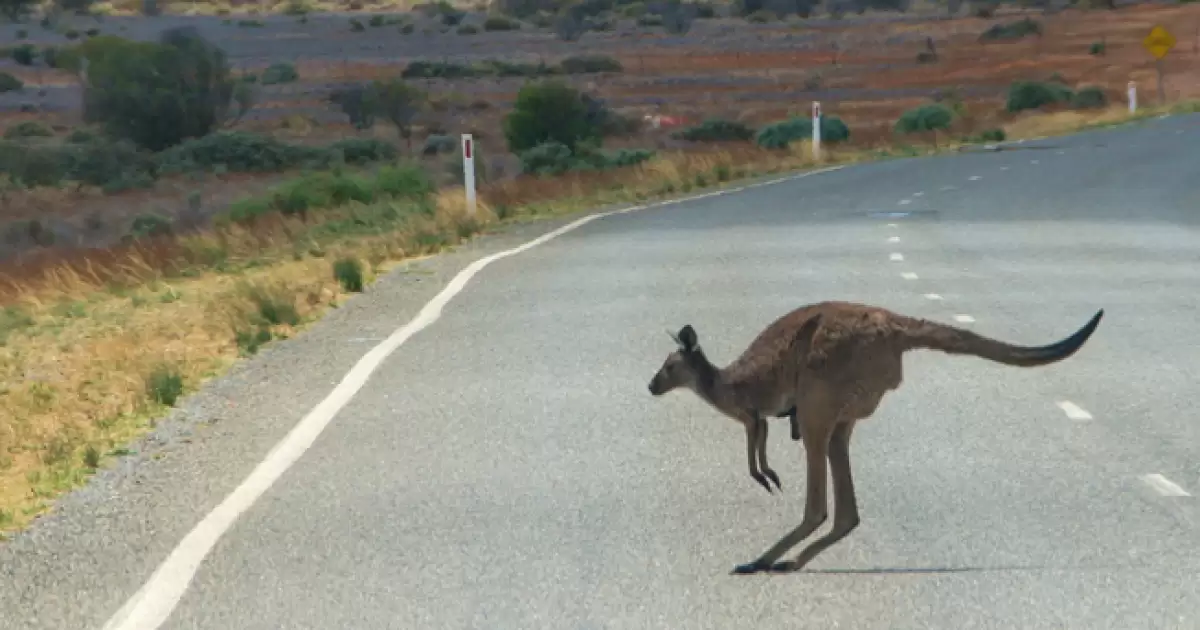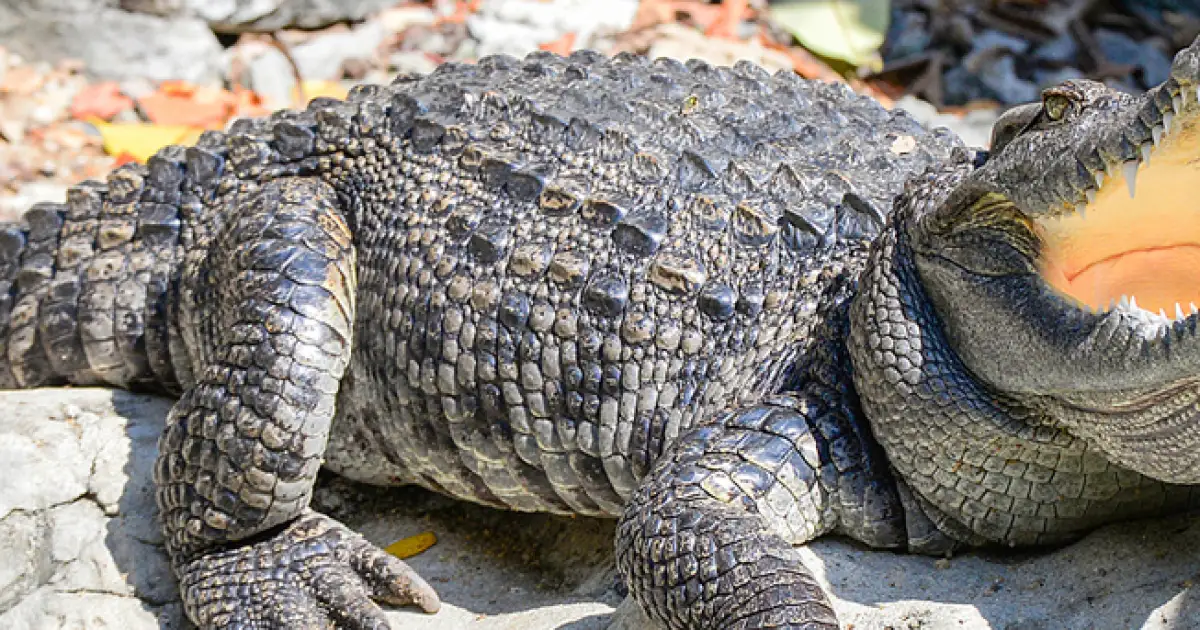In the Australian bush, the arrival of weather is more like an announcement than a surprise. It's not radar or satellites doing the talking, but the familiar laughter of kookaburras, the movement of black cockatoos & the quiet determination of ants as they build their mounds. Long before modern forecasts, First Nations peoples and bush dwellers relied on these natural signs, interpreting the behaviour of animals to read what the skies had in store. These traditional weather signals still hold value for many today.
Nature's Forecasting Network
Before smartphones and weather apps, locals looked to the land and its creatures for clues about the weather ahead. Here are some classic animal behaviours and what they might foretell:
- Kookaburras laughing at noon: While their cackle is usually territorial, a chorus at midday is said to hint that rain is coming. Whether scientific or not, many are surprised at how often this prediction rings true.
- Black cockatoos on the move: If you see these striking birds flying from the hills to the coast, it's time to ready your rain gear. According to bush lore, each cockatoo spotted can mean another day of rain ahead.
- Ants building high: Watch for ants constructing elevated mounds or sealing up their nests. This behaviour signals rising humidity and falling pressure & often means wet weather is on the way.
- Tree frogs croaking loudly: If the night is filled with a loud frog chorus, rain is likely within a day. Frogs tend to call more when the air is thick with moisture.
- Dragonflies dancing: Seeing a sudden burst of dragonflies is a sign that the wet season is coming to an end, and drier days are ahead.
- Currawongs at the birdbath: When currawongs appear early and visit frequently, it's a signal that warmer, drier weather is approaching.
- Koels calling: The eerie call of the koel, a type of cuckoo, often marks the beginning of summer storms.
- Emus and egg clutches: Emus typically lay eggs a few weeks before the rains arrive. A small clutch might indicate a drier season is coming.
- Cows lying down: Farmers often say that when cattle are seen lying down in the paddock, it could mean rain is on the way. The animals may be responding to changes in atmospheric pressure before humans notice anything different.
No single sign offers a guarantee, but together, these animal cues help paint a vivid picture of what weather may be around the corner across Australia's plains, ranges & coastlines.
Lore Meets Science
Some animal stories are poetic, while others have scientific foundations. Animals often react to changes in the environment well before people do. Here's how nature's signals often align with meteorological factors:
- Barometric pressure: Fast drops in pressure often make birds and mammals more active or unsettled, they might fly, call, or seek shelter more than usual.
- Humidity and temperature: Amphibians, like frogs, will call more when the air is warm and moist. Insects change their patterns as humidity rises.
- Wind and scent: Shifting winds can carry scents and sounds differently, prompting some birds to feed urgently or move to new locations as a front approaches.
First Nations knowledge systems have documented these patterns for thousands of years, weaving animal behaviour into seasonal calendars, fire practices, and resource management. Modern meteorology analyses weather patterns using technology, but traditional knowledge offers a living, holistic perspective, two approaches, one sky.
Why It Matters
As Australia faces hotter days, longer droughts, and more intense storms, understanding our natural weather signals is more important than ever. Here's why these animal indicators remain relevant:
- Early hints for daily planning: Whether for school runs, farming, or bushwalking, spotting early signs from wildlife can help you prepare for sudden changes.
- Reliability when technology fails: In remote areas with patchy coverage, birds, insects, and livestock are still sharing clues about the weather.
- Deepening connection with place: Observing local wildlife nurtures respect for natural cycles and helps people live in tune with the seasons, not just the calendar.
- Stronger community resilience: By noting animal behaviours alongside official forecasts, communities can become more aware and adaptable to shifting conditions.
The next time you hear kookaburras laughing at midday or spot ants building their nests higher, pause for a moment. Nature may be offering its own weather report & in the Australian bush, someone is always listening.

